Resort embracing the beauty of Baekje
Lotte Buyeo Resort Baeksangwon
Seung-hoy Kim | Republic of Korea
Buyeo, where the Lotte Resort Buyeo Baeksangwon is located, was the capital of the ancient Baekje Kingdom (12BCE–660CE) since 538CE, and a number of relics from the kingdom still remain in the area. Architect Seung-hoy Kim, who won the resort construction design contest, paid attention to the artistic perspective of Baekje’s culture. Although all buildings and structures of the Baekje era were lost, the elegant and gentle artistic features of Baekje can be seen through relics that still remain such as stone pagodas, earthenware, incense burners, and Sansumunjeon1. Kim designed the resort reflecting his imagination of Baekje architecture based on such remaining relics. He personally named the resort “Baeksangwon,” meaning “a place that contains 100 imaginations of Baekje.”

The resort’s most distinctive feature is its elegantly arched building. The guestrooms arranged along the outer curve facing the south get plenty of sunlight and offer beautiful views, while the inner curve cozily hugs the courtyard. In particular, the façade was finished in 12-colored aluminum awnings inspired by dancheong (traditional Korean decorative coloring).
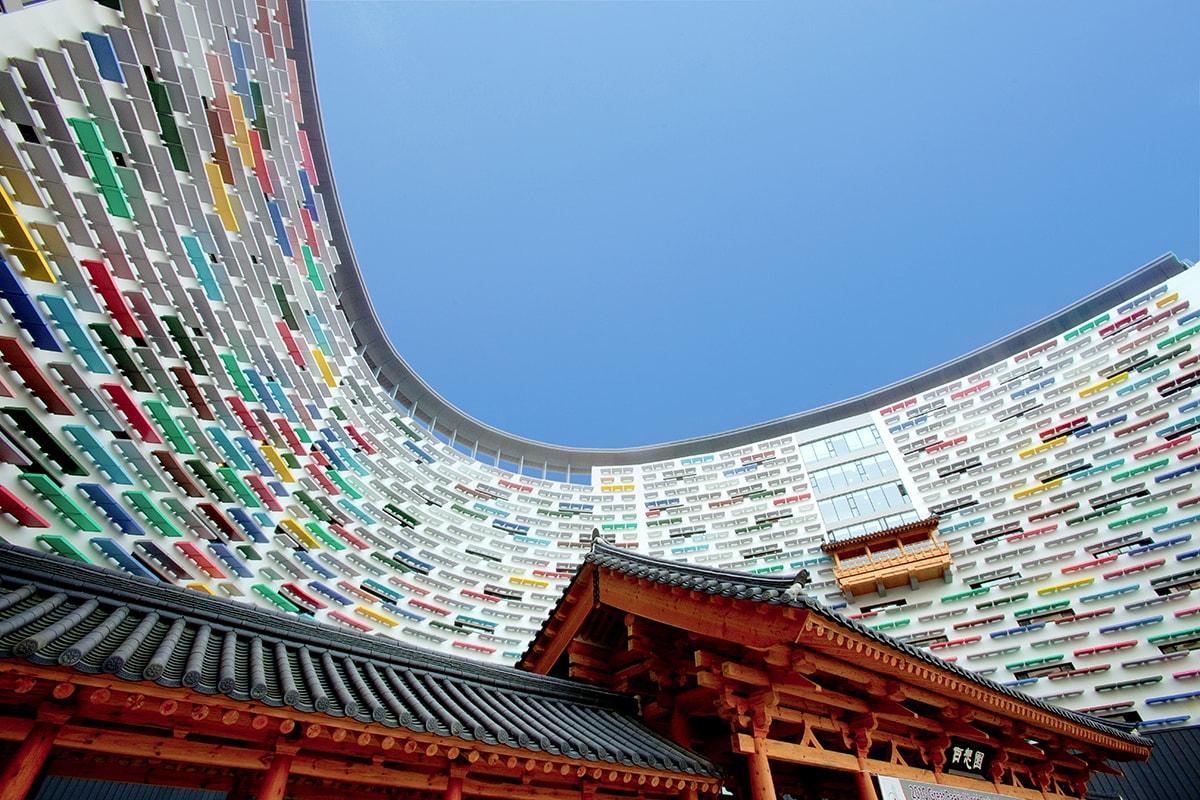
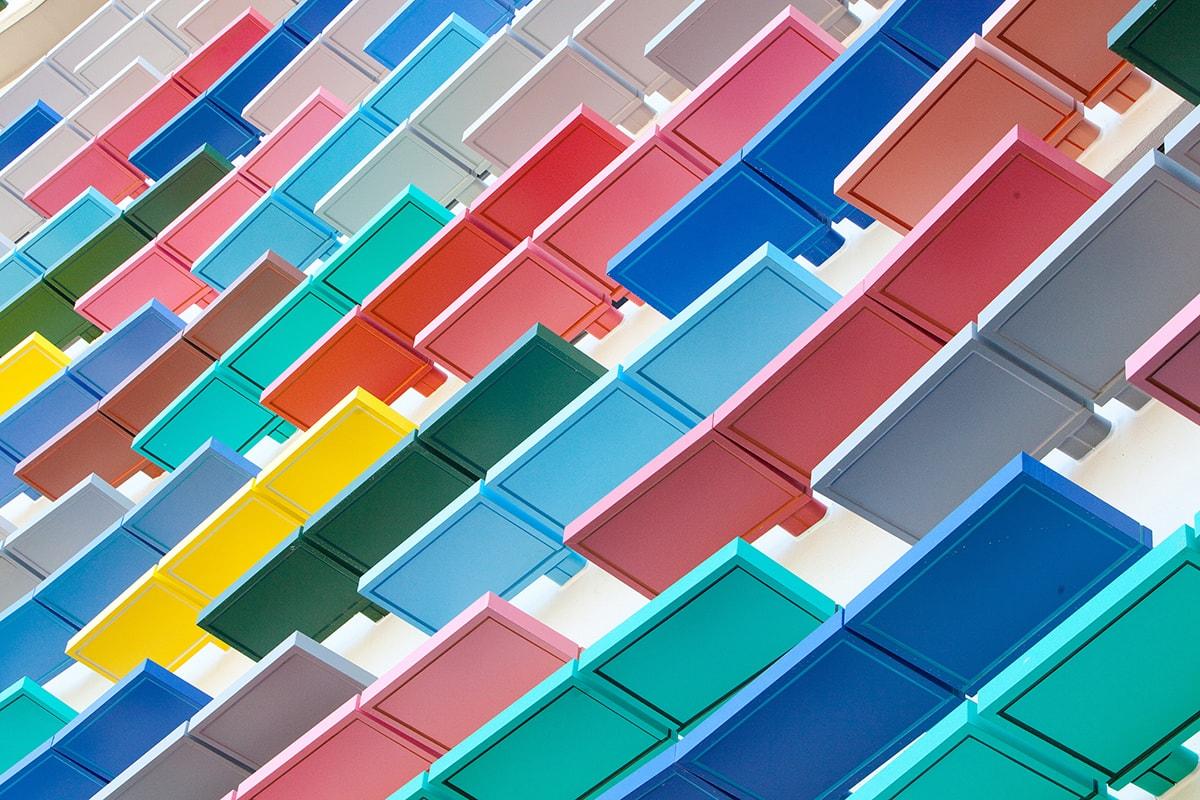
These colorful awnings add vitality to the classic beauty of the round hanok (traditional Korean house)-style corridor. Proposed by Kim and designed by Jung-goo Cho, an architect known for modern hanok designs, this round corridor also serves as a roundabout. The courtyard at the center of the structure highlights the leisurely image of the resort and is sometimes used as a public space for events. Not far from the resort is the Baekje Cultural Land, which is a Baekje-themed park where you can see various Baekje era relics and cultures. Here you will be able to imagine what architecture would have been like during that era.

TIP
At Baekje Cultural Land, tourists can visit the royal palace of Baekje, Sabigung; the temple of the royal family, Neungsa, and houses of the commoners.
TOURIST ATTRACTIONS
• Baekje Cultural Land
• Baekjewon (Buyeo Life Museum)
Address
400 Baekjemun-ro, Guam-myeom, Buyeo-gun, Chungcheongnam-do
Way
uyeo Intercity Bus Terminal → Bus no. 403 and get off at Korea National University of Cultural Heritage stop → 5-min walk from bus stop
Tel
041-939-1000
Admission
www.lotteresort.com
Space for reading while enjoying the elegance and serenity of a traditional Korean house
Cheongun Literature Library
Seouk-man Yang | Republic of Korea

Inwangsan Mountain, spanning across Seoul’s Jongno-gu and Seodaemun-gu neighborhoods, is one of the four major mountains surrounding Hanyang (currently Seoul), the capital of the Joseon Dynasty. This beautiful mountain frequently appeared in Jingyeong Sansuhwa (True-view Landscape Paintings) by Gyeomjae Jeongseon (1676–1759), a renowned painter of the Joseon era. This could be why the Inwangsan section of the Hanyangdoseong (Seoul Fortress Wall) trails is especially popular. If you start the Inwangsan trail from Changuimun Gate, not far away on the foothills of the mountains, you will see the elegantly stacked roof tiles of a hanok (traditional Korean house). This quaint hanok is the Cheongun Literature Library.

The Cheongun Literature Library is a public library designed in consideration of Inwangsan Mountain’s sloping terrain and natural surroundings. The library is comprised of one underground floor and one above ground floor. A hanok with a large yard sits atop a concrete underground space. Because it was built on a hill without harming the natural landscape, the southern part of the underground area is exposed to the outside getting plenty of sunlight through the windows. This exposed wall was finished with dark clay bricks to harmonize with the hanok above.


The hanok serves as a reading room in where you can read books rented at the underground library. The daecheongmaru (wood-floored main hall), numaru (lofted floor) and toenmaru (wood-floored veranda) are open for guests to sit and read while enjoying the view of the hanok itself, and the surrounding Inwangsan Mountain and high-rise buildings. Next to the main building is a small pond with a cozy pavilion. Visitors can relax with a book or two while surrounded by the sound of water trickling, the birds singing, and warm sunlight. You can also close your eyes and imagine how Confucian scholars would have enjoyed pungnyu (appreciation for art).
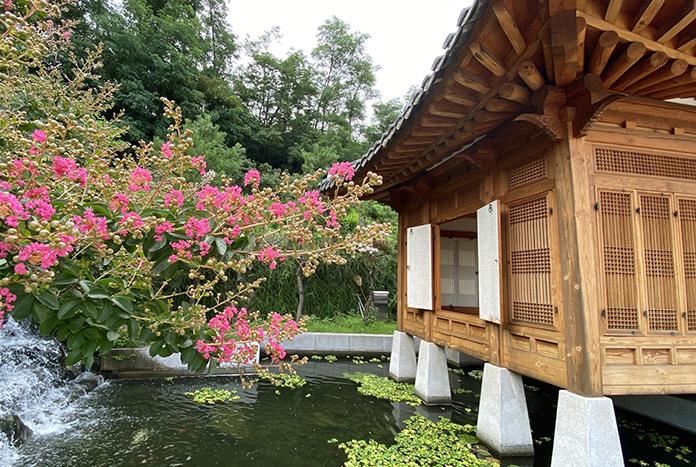
TIP
The nearby Buam-dong area is popular for cultural and art facilities, such as the Yun Dong-ju Literary Museum, and Seoul Museum, and the cozy café street.
TOURIST ATTRACTIONS
• Yun Dong-ju Literary Museum
• Buam-dong Café Street
• Whanki Museum
Address
40 Jahamun-ro 36-gil, Jongno-gu, Seoul
Way
Taxi (5mins) from Exit 3 of Gyeongbokgung Station, Subway Line 3
Tel
070-4680-4032~3
Admission
Free
Website
www.jfac.or.kr
Time
Hanok Reading Room 10:00–19:00;
General Reading Room 10:00–22:00 (Closed on Mondays, Jan 1 and Seollal & Chuseok holidays)
Harmony of traditional hanok and modern architecture
Seoul K-Medi Center
UNP | Republic of Korea

The Yangnyeongsi Market area, where Seoul K-Medi Center is located, is a historical site. Bojewon, a relief agency that took care of people in need and provided medication during the Joseon Dynasty (1392–1910), had existed here. The area has turned into an oriental herbal medicine market handling 70% of herbal medicine trade in Korea. Nowadays, this traditional Korean medicinal hub houses approximately 1,000 traditional Korean medicine clinics and herbal medicine stores. Also located in this area, is the Seoul K-Medi Center, a traditional Korean medicine-themed facility that widely promotes the superiority and benefits of traditional Korean medicine through various exhibitions, education, and activity programs.

At an interview about the Center’s design, Young-mo Ryu, who leads the architectural firm UNP, said, “I tried to harmonize the simplicity of modern architecture and the unique grace of the Korean culture.” As intended by the architect, Seoul K-Medi Center is comprised of graceful hanok (traditional Korean house) sitting atop a modern black brick building. You can experience the unique and perfect combination of two different styles and eras—concrete vs wooden buildings, glass curtain walls vs wooden window frames with mulberry paper, and slab vs tiled roofs.

In addition to the hanok, the architect added traditional-style courtyards called “madang” throughout the center. Guests are first welcomed by the central courtyard on the first floor, then on the second floor is the herbal medicine courtyard, and the healing courtyard on the third floor, each created under different themes, as their names suggest. Make sure to visit the numaru (lofted floor) connected to the second floor courtyard where you can get a medicinal herb foot spa (of chrysanthemum and fish mint) and refresh your mind and body while enjoying the unobstructed views.
Moreover, the center houses the Seoul Yangnyeong Market Herbal Medicine Museum, where you can learn about approximately 300 herbal medicines and their efficacies, the modern Bojewon, where you can experience natural herbal medicine facial masks and herbal hot packs; and the Herbal Food Experience Hall, which holds cooking classes using healthy medicinal herb recipes. Likewise, the center is the ideal place to experience various aspects of Korean medicine.




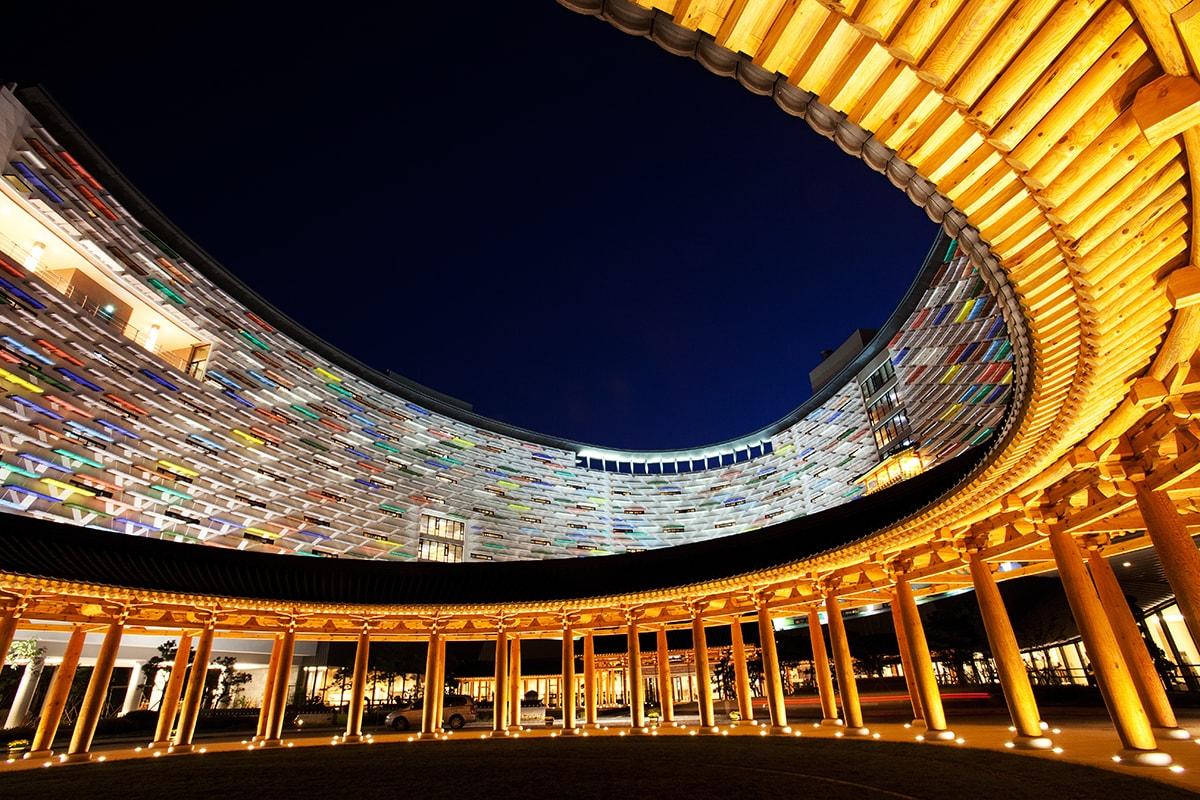











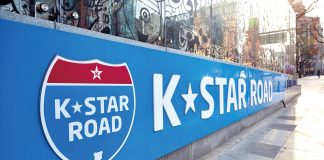

![[A ZONE] Gangnam Food Spot](https://m.dgram.co.kr/wp-content/uploads/2020/09/A존-알래스카3-특성이미지_S-324x160.jpg)
![[A ZONE] Gangnam Life Style](https://m.dgram.co.kr/wp-content/uploads/2020/09/로우클래식1-특성이미지_S-324x160.jpg)




